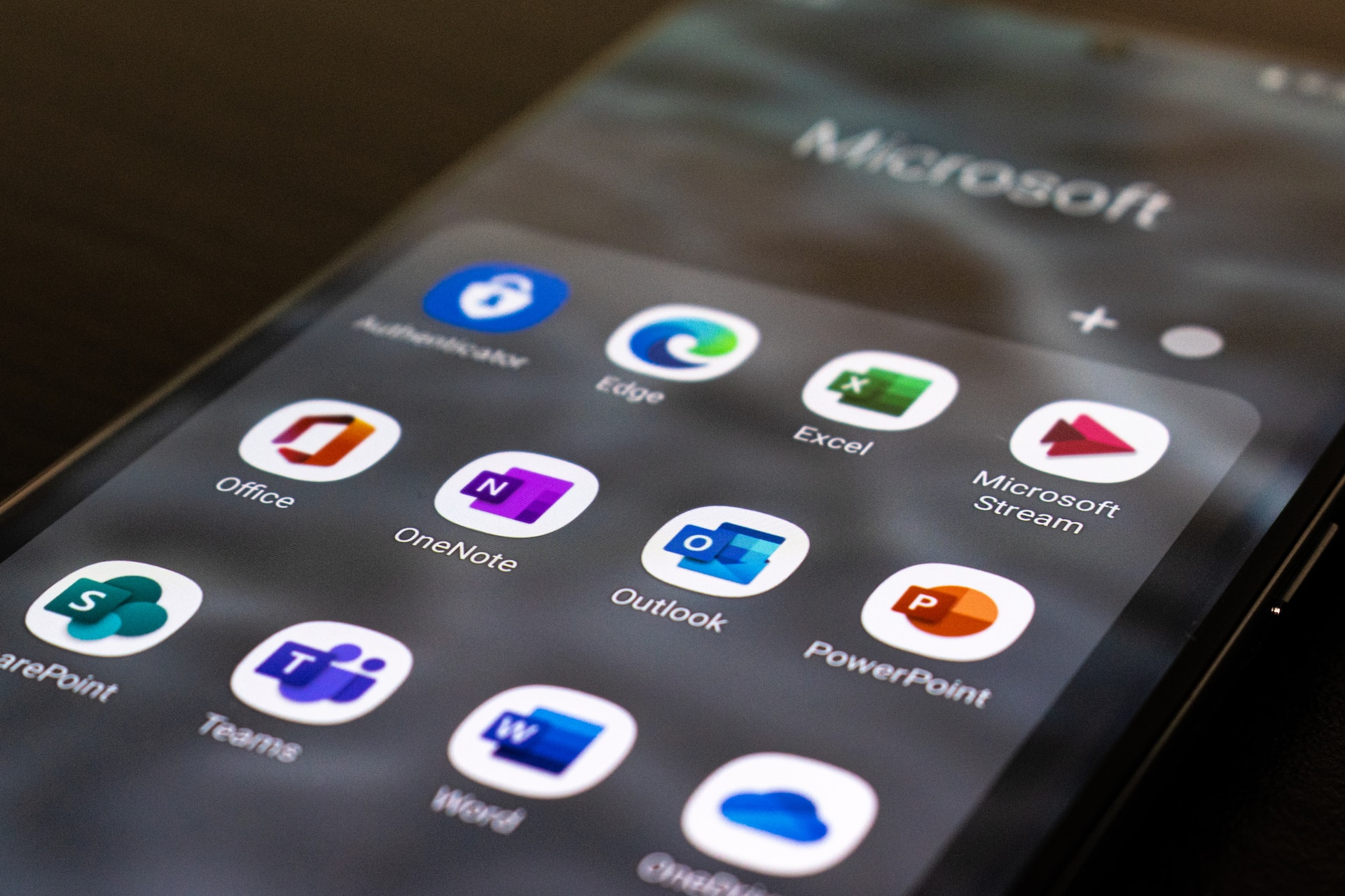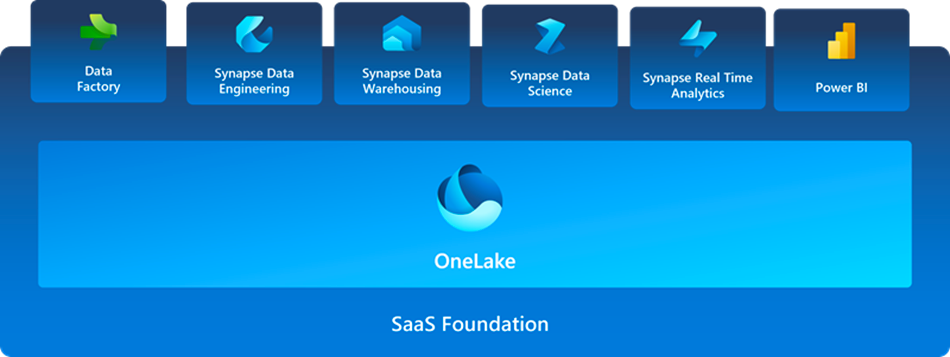
Unveiling Microsoft Fabric
Find out the 5 key takeaways you need to know about Microsoft's latest innovation.
On May 23rd, Microsoft announced the unveiling of its latest innovation, Microsoft Fabric. This end-to-end analytics solution seamlessly integrates all of Microsoft's data and analytics services into a single, easy-to-use environment. Fabric empowers organizations to make better decisions by providing a comprehensive, integrated view of their data. Not since the announcement of the Windows operating system have we seen an innovation of this scale from Microsoft. To make the most of Fabric, here are five key takeaways you need to know right now:
#1. Simplifying Data Storage and Analytics with OneLake
OneLake serves as a comprehensive and cohesive data lake for the entire organization. It is an inherent feature of every Microsoft Fabric tenant and serves as the centralized repository for all your analytical data. Think of it like OneDrive, but for data. One of the main benefits of OneLake is that it provides one copy of data across multiple analytical engines. Traditionally, each application or engine stores data in its optimized format, making reuse difficult. OneLake addresses this by storing all data in the open delta parquet format. This approach allows any engine - T-SQL, Spark, Analysis Services - to access the same data. There is no need to copy data to use it with a different engine.
#2. Tackling System Inefficiency
In modern analytics environments, combining products from multiple vendors into a single project is typical. This approach often results in allocating computing capacity across different systems, including data integration, data engineering, data warehousing, and business intelligence. Unfortunately, when one of these systems remains idle, its capacity cannot be utilized by another system, leading to considerable inefficiency and resource wastage. Fabric tackles this problem by allowing customers to purchase a single pool of computing that fuels all fabric workloads. Unused capacity from one workload can be used up where it is needed in another workload.
#3. Enhancing Data Governance & Strengthening Security
When it comes to data governance and security, Microsoft Fabric and Microsoft Purview make a great pair. Together, they empower you with complete control over your data infrastructure and its lineage, right from the initial data source to the final Power BI report – no need to worry about piecing together services from different vendors. Data sensitivity labels can be applied to all Fabric items, ensuring the utmost protection for your data, even when exported via supported paths. Additionally, compliance admins can leverage Microsoft Purview Audit to stay on top of sensitivity label activities and monitor them closely. Microsoft Purview Data Loss Prevention (DLP) policies are fully supported in Fabric for Power BI datasets. These policies act as vigilant guardians, sniffing out any upload of sensitive data, including sensitivity labels and confidential information like credit card and social security numbers. Dataset owners receive policy tips, while security admins receive alerts.
#4. Automating Actions with No-Code Data Activator
With the introduction of Fabric comes Data Activator. Data Activator is a no-code Microsoft Fabric experience that enables business analysts to automate actions based on data. It connects to different data sources within Microsoft Fabric, monitors them for actionable patterns, and triggers relevant actions. Examples include:
- Alerting a sales manager about overdue payments
- Notifying an operations manager of insufficient inventory levels
- Monitoring data quality metrics
- Creating support tickets for high refrigerator temperatures.
With Data Activator, analysts can streamline operations and improve decision-making.
#5. Integrating with Copilot AI
Although it is not currently available, there is a lot of hype around the integration of Microsoft CoPilot (Microsoft’s AI Assistant) and Fabric. Microsoft VP of Azure Data Arun Ulag writes: “We are infusing Fabric with Azure OpenAI Service at every layer to help customers unlock the full potential of their data, enabling developers to leverage the power of generative AI against their data and assisting business users to find insights in their data. With Copilot in Microsoft Fabric in every data experience, users can use conversational language to create dataflows and data pipelines, generate code and entire functions, build machine learning models, or visualize results. Customers can even create their own conversational language experiences that combine Azure OpenAI Service models and their data and publish them as plug-ins.”
The impact of Microsoft Fabric is significant, as it represents a major step forward in data and analytics technology. By seamlessly integrating all of Microsoft's data and analytics services into a single environment, Fabric provides users with a comprehensive, unified view of their data. This view simplifies data management, reduces costs, and allows users to focus on deriving insights and making data-driven decisions that drive business success. Additionally, Fabric's open platform and enterprise-grade security features make it accessible to organizations of all sizes while ensuring that their data remains protected and compliant with industry regulations. Overall, Microsoft Fabric is poised to transform the way organizations approach their data and analytics needs and will undoubtedly play a significant role in shaping the future of this rapidly evolving field.
Connect with Concord
If you are looking for an opportunity to take advantage of Microsoft Fabric or have questions about your data analytics approach, please find out how we can help your business enable greater resiliency, efficiency, and innovation.

